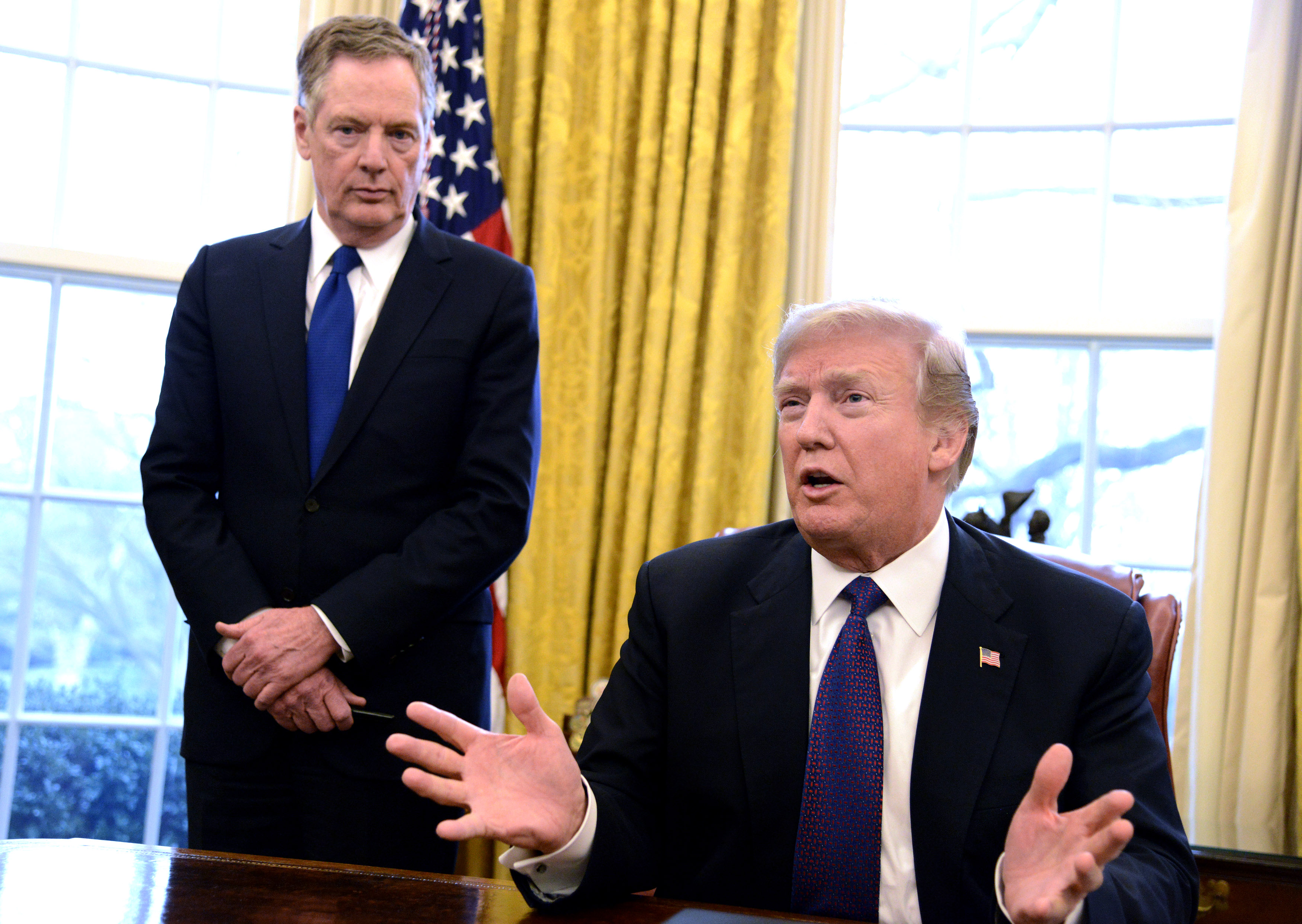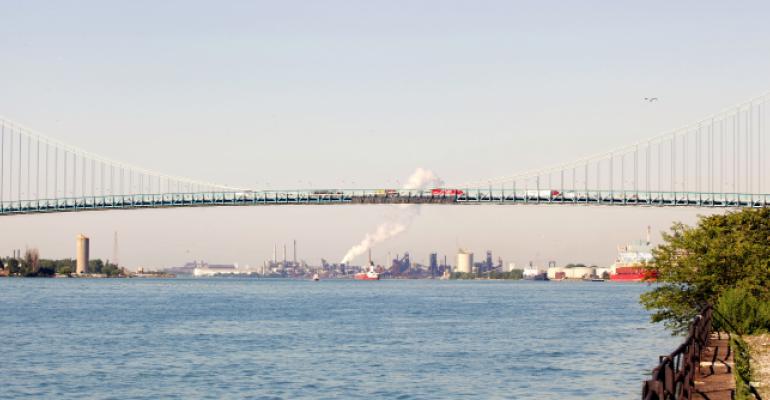Automakers and suppliers will face challenges once the new U.S.-Mexico-Canada trade agreement takes effect July 1.
Matt Blunt, the former governor of Missouri who leads the American Automotive Policy Council, says the new trade pact includes complicated new rules of origin that require both automakers and their suppliers to keep more detailed records if they want to continue to avoid new tariffs as they move goods back and forth across the U.S.’ northern and southern borders. “It’s very challenging and very complicated from an administrative context,” he says.
The AAPC, which lobbies specifically for General Motors, Ford and Fiat Chrysler Automobiles in Washington, was unsuccessful in delaying the implementation of the USMCA, which replaces the North American Free Trade Agreement (NAFTA), Blunt says.
“July 1 was an aggressive date,” he says. However, there is a six-month phase-in period, which allows manufacturers and suppliers to adjust to the new rules and “get the paperwork together” without incurring higher tariffs, Blunt says.
Blunt notes during a recent webinar organized by the Center for Automotive Research in Ann Arbor, MI, that the easiest part of the new USMCA to navigate may be new rules covering steel and aluminum used in vehicles and vehicle components. GM, Ford and FCA will meet the USMCA requirement that most of the steel and aluminum used in a vehicle come from the three signatory countries, Blunt predicts.
Suppliers operating in North America also are expected to meet the same standards, he says.
Even more complicated are the rules of origin covering labor and regional content.

The so-called labor value standards that are part of USMCA say 40%-45% of labor involved in developing and producing a new vehicle must be paid more than $16 per hour, he says.
Although a key element of NAFTA’s success from the automakers’ perspective was that it helped hold down labor costs, making the North American auto industry more competitive globally, the labor-value-standards provision is not as onerous as its sounds, Blunt says.
The rules allow automakers and suppliers to include the costs of R&D and administration at company headquarters in the U.S. in the labor-value calculation, he notes.
However, manufacturers and suppliers will be required to keep detailed records to support the calculations they ultimately show federal trade officials. The same goes for the rules for regional content, which are aimed at demonstrating the majority of a vehicle’s content came from North America.
Blunt says the USMCA rules on labor value and regional origin are designed to achieve the Trump Admin.’s goal of boosting U.S. manufacturing.
However, AAPC does not support the president’s authority, under what is known as Section 232, to limit imports of vehicles and vehicle components into the U.S. on the grounds they represent a threat to national security. Trump has threatened to use Section 232 against vehicles made in the European Union unless the EU agreed to lower tariffs on lobsters caught by U.S. fishermen.
“We don’t think European imports are a threat to national security,” Blunt says.
Blunt adds the AAPC would like to see the next phase of a trade deal with China finalized. Only about 6% of the auto parts used in the U.S. come from China and most of the Chinese-made parts are destined for the aftermarket.
However, before the U.S.-China trade dispute heated up two years ago, the U.S. was exporting more than 250,000 vehicles into China annually, Blunt says. Of the approximately 2 million vehicles the U.S. exports each year, half go to Canada and Mexico.
The AAPC also is watching the development of potential trade agreements with the United Kingdom and Kenya, which have been made a priority by Trump and U.S. Trade Representative Robert Lighthizer (above). But, Blunt says: “The bipartisan support for free trade has evaporated. Trade will be treated much more pragmatically in the future.”





